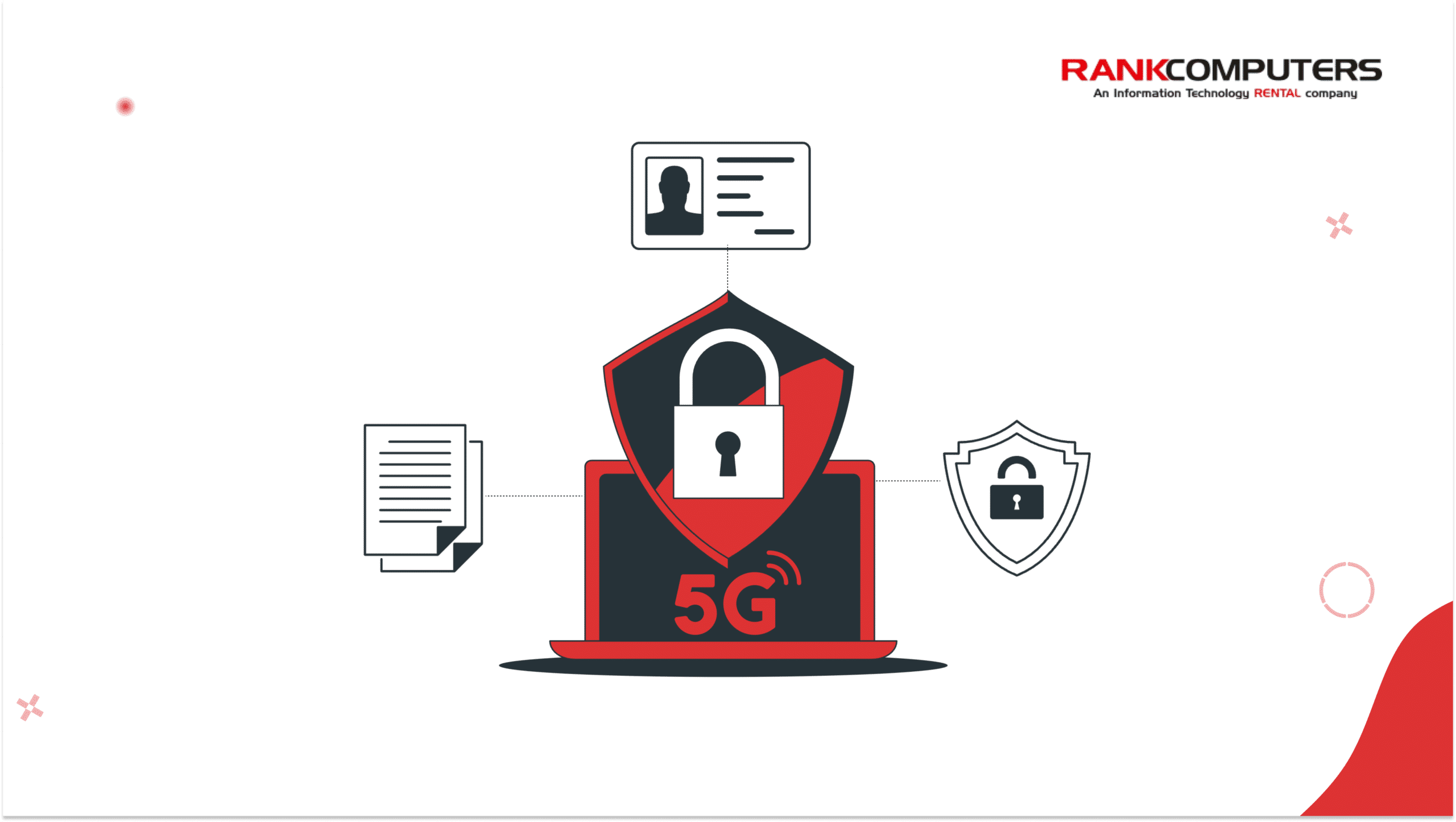If there is one thing that is common to all industries, it is the ambition for better digital transformation. Why is that? New technologies bring new solutions, increase efficiency, and reduce costs, all of which contribute to an improved competitive advantage.
5G is one such technology, and that is why 90% of enterprises are transitioning to actively use it in their ecosystem. However, this shift is not without challenges. Indian businesses, in particular, are struggling to upgrade their IT infrastructure to make it 5G compatible.
Let’s discuss the opportunities and obstacles that lie in this transition.
How is 5G Revolutionising Industry Landscape?
📌 The excitement surrounding 5G can be simplified into three major improvements: low latency for reliable and real-time communication, increased compatibility with IoT and smart devices, and greater bandwidth to support larger usage.
High speed and low latency
5G offers 10x speed and 50x decrease in latency than 4G.
- Significantly higher speed (as high as gigabit-per-second) enables faster data transfer and quicker loading speed.
- Reduced latency (of a few milliseconds) enhances real-time communication and responsiveness, improving applications of technologies like AR/VR.
Enhanced capacity and reach
- Better connectivity allows for a more stable connection in remote or crowded areas.
- Increased network capacity and bandwidth allow for a smooth connection for multiple devices simultaneously.
Conducive to new tech and innovation
- Higher compatibility for IoT applications that were not feasible to use with earlier technologies, including smart devices and sensors, new forms of communication, AR/VR and so on.
- Opens the door to newer technologies for industries that are working to increase the interconnectivity and functionality of IT infrastructure.
Balancing the Opportunities and the Challenges
📌 Two major challenges in the widespread adoption of 5G are the significant investments required in IT infrastructure and the increased risks associated with data security.
Incompatibility with outdated IT infrastructure
5G technology cannot be supported by outdated IT infrastructure. A transition to 5G calls for a high capital allocation for upgrading IT infrastructure, which might not be easy for small or medium enterprises, as it may affect other essential expenditures.
50% of respondents believe that investment cost is the main barrier to adopting 5G.
- A 5G infrastructure requires investing in base stations and fiber optic networks to meet scalability and efficiency needs.
- Shift to 5G would require an upgrade to up-to-date IT equipment and devices, including compatible routers and switches, purchasing and maintaining which could be expensive.
- Deploying 5G necessitates compliance with regulatory standards to ensure that security and privacy standards are being met could incur additional investments.
Evolution and increment in security threats
Since its deployment comes with increased attack surfaces and more potential vulnerabilities, 5G may introduce new security threats to companies.
- The increased number of connected devices provides more entry points for cybercriminals, leading to an increased risk of exploitation, unauthorised access, and cyberattacks.
- 5G has a feature called data slicing that supports multiple virtual networks on the same physical infrastructure. Data breaches in multiple slices could happen if the security of a network slice is compromised.
- With an increased risk of inadequate encryption, the threat of data interception, eavesdropping and unauthorised access to sensitive information has increased.
How to Make a Feasible, Smooth, and Safe Transition to 5G?
Transitioning to 5G seamlessly and securely requires careful consideration and strategic planning. Here are key steps to ensure a successful adoption:
- Assess current infrastructure: Begin by evaluating existing IT infrastructure to identify strengths and weaknesses. Understand the compatibility of current systems with 5G technology.
- Investment planning: Develop a comprehensive investment plan that addresses the financial aspects of transitioning to 5G. Allocate resources strategically, considering the need for upgrading equipment and systems.
- Data security measures: Prioritize data security by implementing robust measures to safeguard information during the transition. Encryption protocols, secure authentication methods, and regular security audits should be integral components of the strategy.
- Collaboration with service providers: Establish strong partnerships with reliable 5G service providers. Collaborate closely to ensure a smooth integration of their services into your existing infrastructure.
- Scalability considerations: Design the transition plan with scalability in mind. Anticipate future growth and ensure that the infrastructure can easily accommodate increased demand for data and connectivity.
Consider Renting Equipment
To eliminate certain crucial barriers to 5G adoption, especially the high investments in IT infrastructure, consider renting essential equipment such as switches, routers, and firewalls. Through Rentals, your company can overcome both the financial and infrastructural barriers in 5G adoption, allowing you to make the best use of the transformative capabilities that 5G brings to the table.
Get in touch with us to explore rental solutions for your infrastructure.




